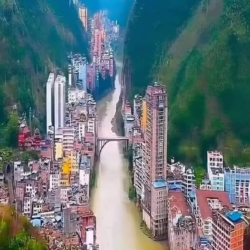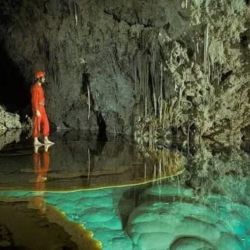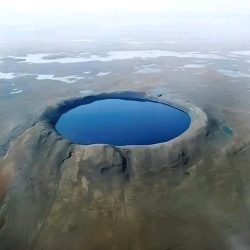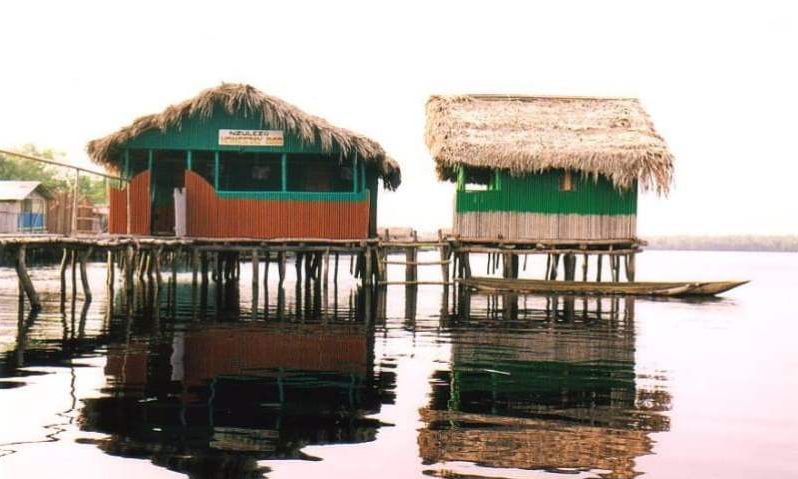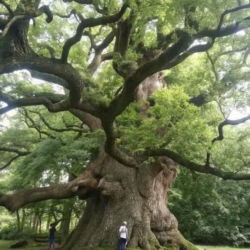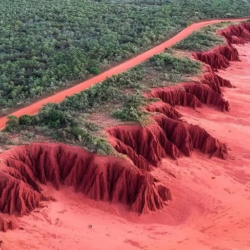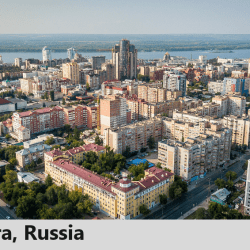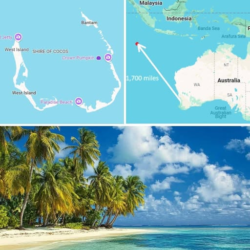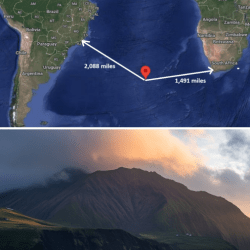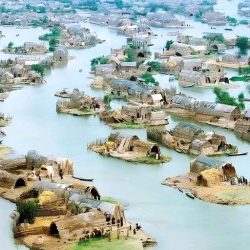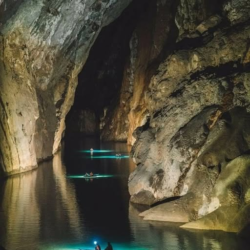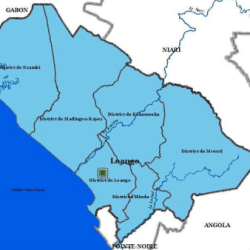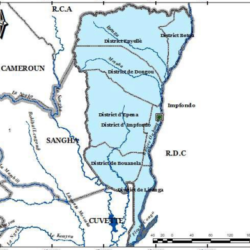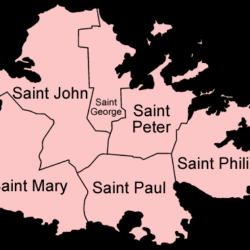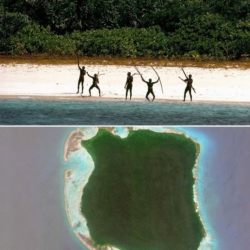Nestled in the rugged, picturesque province of Musandam in northern Oman, Kamzar (or Kome Zar) is a unique and isolated village that seems almost untouched by modernity. Located on the strategic Strait of Hormuz, this remote settlement is characterized by its breathtaking landscape of towering mountains and pristine ocean waters. Accessible only by sea or helicopter, Kamzar offers a glimpse into a lifestyle that has remained largely unchanged for generations.
Kamzar (Kome Zar) is more than just a remote village—it is a testament to the resilience of a community that has thrived amidst isolation. Its unique language, rich history, and stunning geography make it an invaluable part of Oman’s cultural mosaic. By balancing modernization with preservation, Kamzar can continue to captivate the world while safeguarding its legacy for future generations.
Geographical Significance
Kamzar is surrounded by natural barriers:
- Mountains at its back, providing isolation and protection.
- The Strait of Hormuz, a critical international waterway, lying ahead.
This strategic location has historically placed Kamzar at a crossroads of maritime trade routes, contributing to its cultural and linguistic diversity.
Population and Way of Life
The village is home to approximately 2,000 people, who live in close-knit communities. Life in Kamzar is shaped by its isolation and connection to the sea, with fishing being the primary livelihood. The absence of road access underscores the villagers’ reliance on boats for transportation, trade, and sustenance.
The Unique Kamzaria Language
One of Kamzar’s most intriguing features is its language, Kamzaria, a linguistic gem unlike any other in the Arabian Peninsula.
Key Features of Kamzaria:
- Non-Semitic Origin: Unlike Arabic, the predominant language in the region, Kamzaria stands out as the only non-Semitic language in the Arabian Peninsula.
- Multilingual Roots: Kamzaria is considered a melting pot of several languages, including:
- Persian
- Hindi
- Arabic
- English
- Spoken, Not Written: Kamzaria exists solely as a spoken language, reflecting the oral traditions of the community.
- Rare and Endangered: As globalization increases, the language faces the risk of extinction due to its limited number of speakers.
The language’s unique composition hints at the village’s historical interactions with sailors, traders, and travelers from diverse cultures.
Cultural and Historical Significance
Kamzar’s remote setting and distinct language underscore its cultural significance:
- Cultural Preservation: The village remains a living museum of traditions, language, and heritage, preserved through generations.
- Historical Links: Its linguistic diversity points to historical ties with ancient trade routes connecting the Middle East, South Asia, and beyond.
Challenges of Isolation
Kamzar’s remoteness presents unique challenges:
- Limited Accessibility: Travel to and from the village depends on boats or helicopters, which can be affected by weather and sea conditions.
- Modernization Pressures: Global influences may disrupt traditional lifestyles and threaten the preservation of the Kamzaria language.
- Economic Limitations: Reliance on fishing and lack of infrastructure hinder economic diversification.

Preservation Efforts
Given Kamzar’s rich cultural and linguistic heritage, there is growing interest in preserving its language and traditions. Efforts may include:
- Documentation of Kamzaria: Recording and studying the language to ensure its survival.
- Sustainable Tourism: Promoting responsible tourism to boost the local economy while respecting the village’s way of life.
- Community Support: Providing resources to improve education and infrastructure without compromising cultural integrity.

